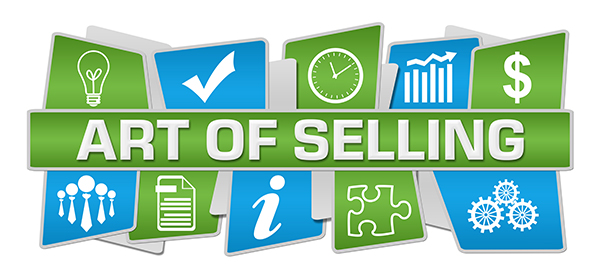No good college or pro basketball team is complete without the “glue guy.”
Some teams are lucky to have more than one.
These are the players who aren’t the best or most heralded, but how they play is crucial to the team’s success. They don’t put up big numbers. They rarely get much praise. Few, if any fans have their jerseys. But what they do is bridge gaps. They foster synergy. They hustle on offense and defense and do things to help the team function better together.
In most industries, there are long-running debates over ways to help sales and marketing teams function better together, too.
Folkloric tales have existed for eons about blurred lines at the handoff from marketing to sales, or about marketing generating weak leads, forcing sales teams to do their own prospecting.
Fortunately, those lines are clearer today, ever since digital selling became commonplace. When executed properly, digital selling leverages the best available marketing tools in ways that can integrate both teams and make for a more collaborative sales initiative.
What’s even better, is that this tactic can be put into play in virtually any business, at any level, B2B or B2C.

What is digital selling?
Whereas digital marketing brings awareness of a company’s products or services to potential customers online, digital selling aims to move that awareness to interest and then close those sales.
A digital marketer’s toolbox is filled with websites, videos, mobile, social media, blogs and similar assets.
A digital seller uses those very assets in conjunction with email, lead-gen systems, CRM and other communications tools to engage directly with the customer and drive revenue.
Inbound
This segment of digital selling occurs when potential buyers of a product or service research on their own. They visit your website, call or email your business, or post questions on social media or blogs. These are actively engaged prospects who are asking questions that can move them up from prospect to lead.
Outbound
In the old days, cold calling was the standard outbound sales tactic. Not only can that be intrusive, but the seller usually didn’t have much information to go on, which made engagement difficult to achieve. Other typical ways to execute outbound include ads, marketing collateral, and trade shows.
In a perfect world, digital outbound picks up where inbound leaves off. Most prospects are researching in several places online long before making a purchase. This arms the seller with a lot of customer data as they connect with them directly. By utilizing email, social media and lead-gen systems, the digital seller is well-equipped to understand the customers and their needs. This helps build relationships and makes the sales process much smoother.

An all-encompassing tactic
Digital selling is, by its nature, a holistic approach to a modern sales strategy. Not only does it connect sales and marketing teams, but it allows companies to engage directly with prospects anywhere, anytime and with insightful information. This connection across platforms (social, website, email, etc.) makes the process easier on the consumer, helping to establish trust and show expertise on the part of the business.
Furthermore, because digital selling involves digital platforms, there is a wide range of data tools available to analyze and influence future decisions. Both marketing and sales teams can utilize these analytics to tailor better solutions for every audience and give customers and prospects the content they want, and where they want it.
If you’re already using some form of digital selling as part of your marketing and sales efforts, good for you, you’ve found your glue guy! But if you’re not, it’s past time to start integrating this tactic into your business model.
